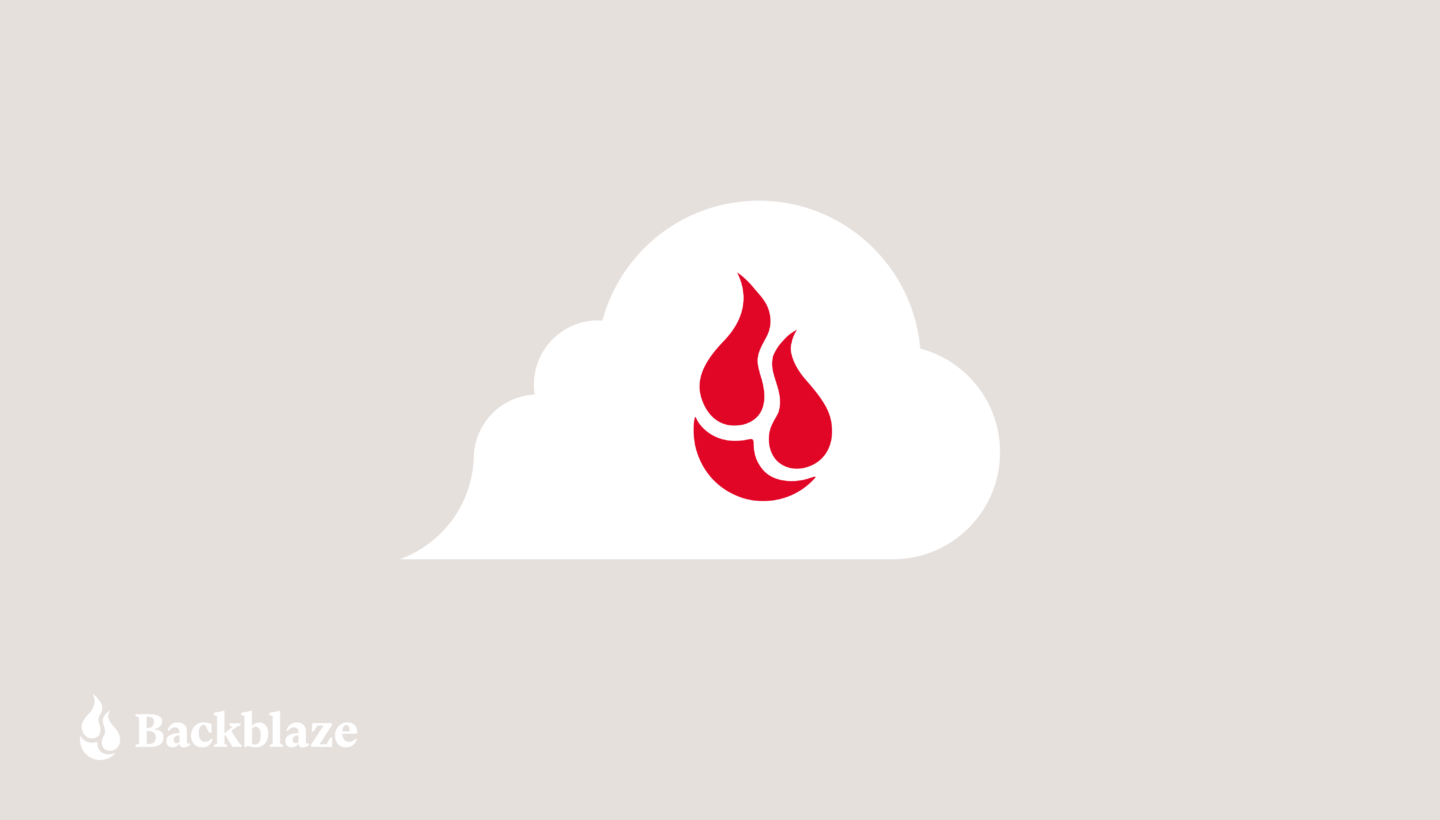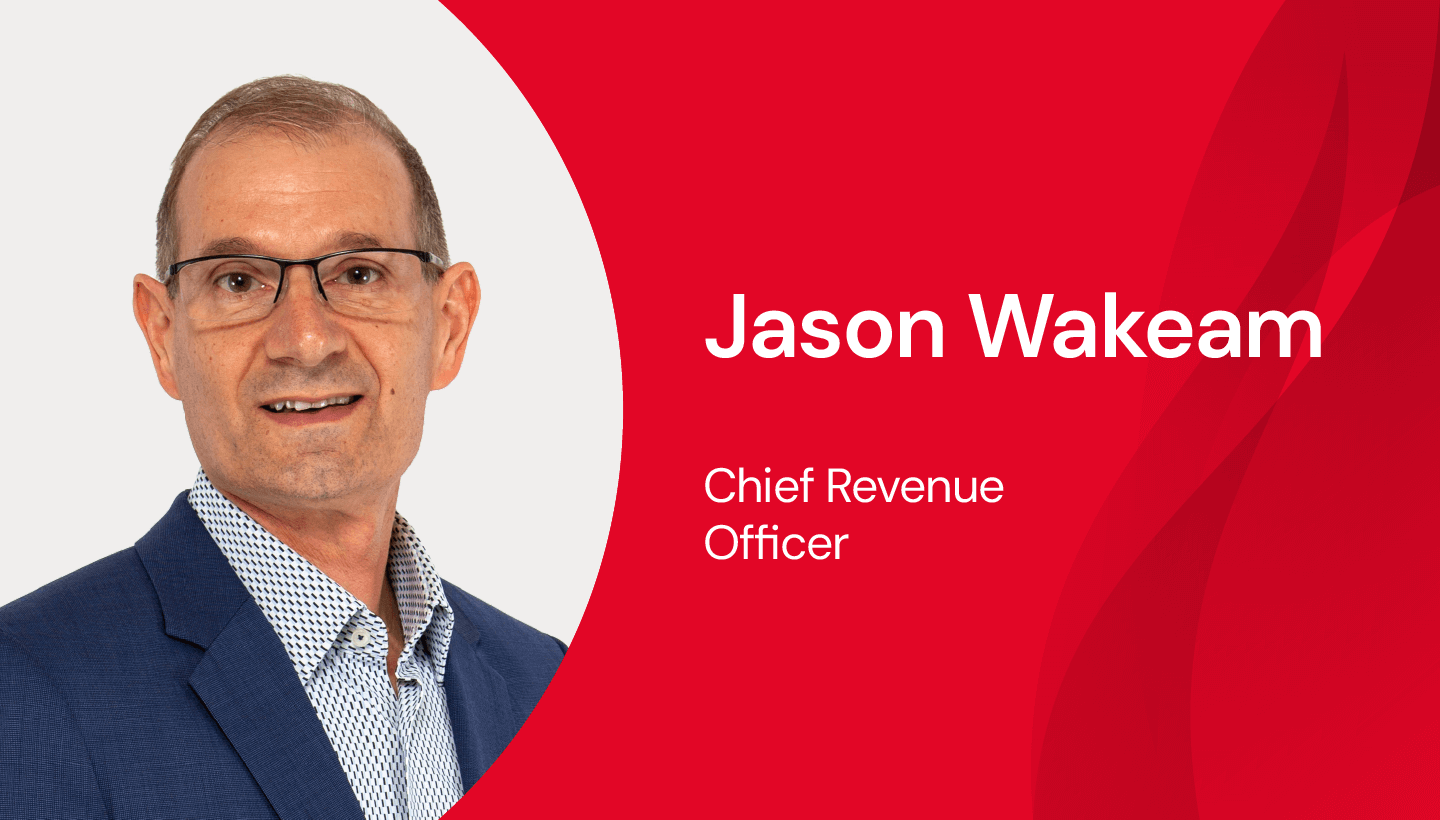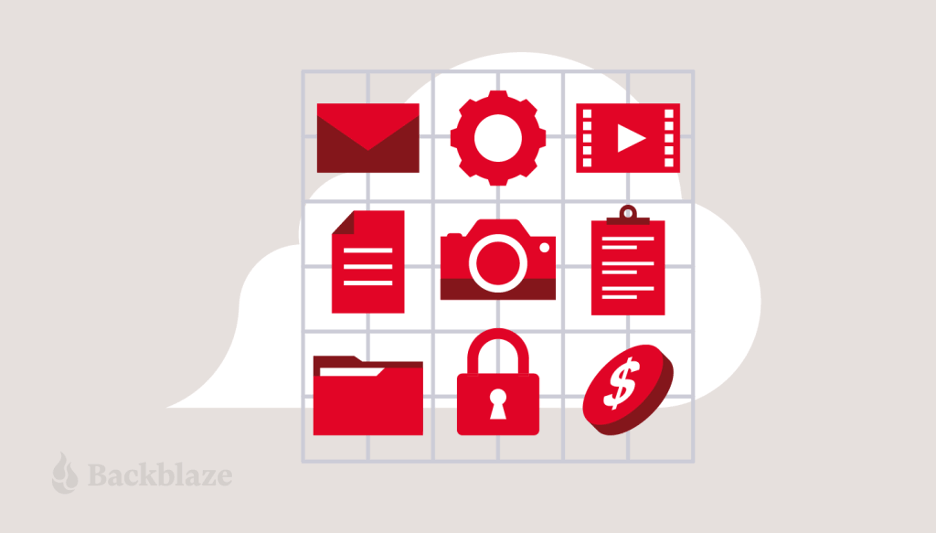
Today we announced that Backblaze shareholders voted to eliminate our dual class share structure. For most of our readers, I’m guessing this news flash might be more “???” than “!!!,” but I’ll explain what it means, why it’s an exciting moment for Backblaze and its shareholders, and how it ties back to our business and our commitment to our core values of transparency and accountability.
First Things First: What Does It Mean for You?
If you’re one of our hundreds of thousands of customers and partners—this has no impact for you.
If you’re one of our shareholders or investors: We believe this is 100% good news for you as it gives you an equal say in our business. But you don’t have to do anything—this change happens entirely on our end.
For Everyone Who Is Still Wondering: What Is a Dual Class Structure?
In short, for public companies, a dual class structure means that there are different types of share classes that have different rights. Often, these rights have to do with voting privileges. For example, previously Backblaze had two classes of common stock: Class A and Class B. Class A shareholders get one vote for every share of the company they own. Class B shareholders get ten votes for every one share they own. These are often referred to as “super-voting” shares.
When shareholders would vote on shareholder proposals, the Class B shareholders would theoretically have more sway than Class A folks due to the greater voting rights. After today, this is all a lot simpler and more equal as we only have one class of shares and shareholders.
Why Ever Have a Dual Class Structure?
Roughly 30% of newly public tech companies go out with a dual class structure. Often founder-led companies, like ours, are advised to use dual class structures at the outset to help maintain continuity and focus in the initial years as a public company.
Why Are Backblaze Shareholders Getting Rid of Dual Class?
- It is fair and good. Being “Fair & Good” is one of our core values. After receiving feedback from various shareholders, potential investors, and corporate governance practitioners that a dual class stock structure is seen as negative by some, we aligned that supporting a single share class is “fair & good” both for corporate governance and for shareholders.
- It is no longer necessary. This November marks two years since our debut as a public company. We feel that our strategy and values are well aligned and ingrained with our path as a public company. Metaphorically speaking, the training wheels are unnecessary.
- It delivers equality for shareholders. Having a single class of shareholders supports our belief in shareholder democracy and continues our efforts toward empowering those who choose to invest in our business. We also believe this broadens the potential group of investors in our business by enabling a level playing field.
Here are the more technical details about the change: Backblaze Class B shares will be converted to Class A shares on July 6, 2023. The conversion has no effect on the economic rights of holders of shares of Class A common stock or Class B common stock, except for the elimination of the different voting powers of the two classes of stock.
Why Talk About This At All?
Backblaze IPO’d because it aligned with our company values and long-term goals, and we’ve benefitted from feedback from shareholders, in-depth industry analyses, and expert direction from our board and others. Part of getting that feedback is sharing out as much as we can about the process. Transparency is, after all, another one of our key values, so sharing the thinking behind this decision is as important as making it, from our perspective.
More to Come
If you’re interested in learning more about our experience of bootstrapping to an IPO and what we’ve learned as a public company, we’re working on a series called Open-Sourcing the IPO. Whether you’re dreaming up your first idea, still in stealth mode, or already have revenue in the tens of millions, you can check out the first two installments here:
You can also tune in to our Stocks and Storage series on YouTube for more explainers on Wall Street jargon from IPO to EBITDA. And stay tuned for more—I’ll be filling in the details over the next year and writing the playbook I wish we had when we started down our IPO path.
Looking Forward
As we move into our next phase of growth as the leading specialized storage cloud, we’re happy we can do so with each voice having equal weight. This is an exciting moment for Backblaze shareholders and we are grateful to see this positive change come to fruition.




